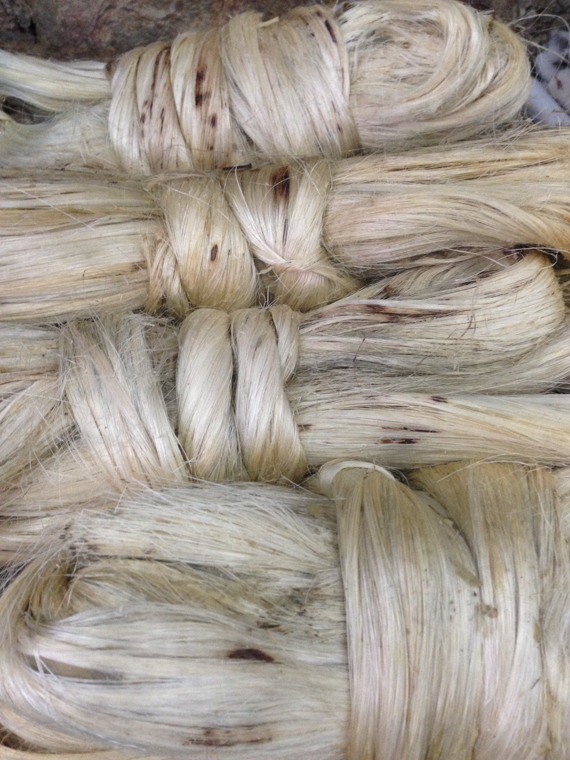i
indigo

indigo
A deep blue colorant extracted from the leaves of various species from the Indigofera genus. Indigo is one of the world’s oldest and most valued dyes, and was believed to have mystical properties. Usage was universal. Blue-dye traditions stretched across ancient civilizations in Mesopotamia, Egypt, Iran, Africa, Greece, Rome, Britain, and Mesoamerica, with India the most influential and oldest center of indigo dyeing. Perhaps a hint to its obscured chemistry, blue dyestuff did not appear on fabric until long after red, ochre, pink, and purple.
Indigo in its natural state is insoluble in water and therefore unable to fix to fibers. The blue dyestuff must undergo chemical reduction, using either an alkaline base reducing agent or going through a fermentation process, to reach a water-soluble, colorless state known as “indigo white.” Only after oxidation does it transform from colorless to blue. Repeated dye dips yield a depth of blue shades. Natural indigo has been a staple of our collections since 1993. The dark, saturated indigo textiles we favor come from the Yoruba, Tuareg, and Miao peoples. Our naturally dyed indigo fabrics are done by artisans in India, China, and by Yoruban textile artist Gasali Onireke Adeyemo. See also Gasali Onireke Adeyemo
ixtle

ixtle (Mexico)
A plant fiber obtained from a number of Mexican plants like yucca and agave. Ixtle, also known as tampico fiber, is commonly used for making cords, ropes, and bristled brushes. We use ixtle in our handmade papers to impart a maize color. See also El Taller Arte Papel Oaxaca